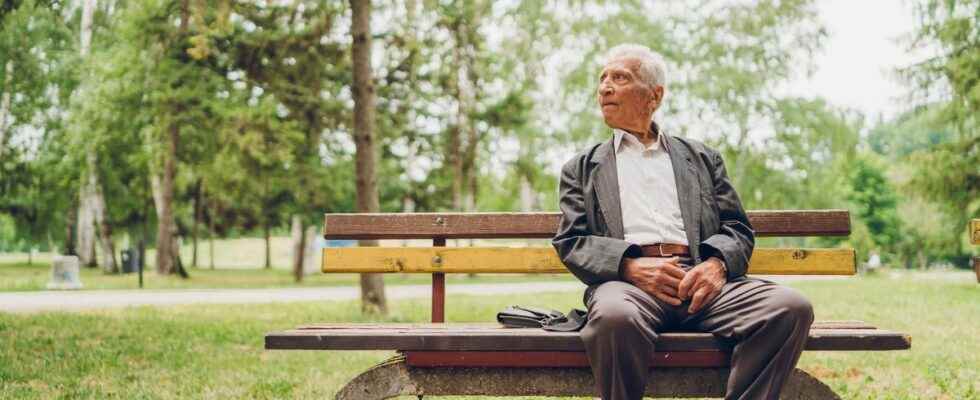Posted ,
Reading 2 mins.
About 150,000 people suffer a stroke each year, leading to hospitalization of more than 110,000 patients and death of 30,000 people. The air and the environment could influence the risk of stroke, according to a new large-scale scientific study.
The cerebrovascular accident (CVA) is caused by the obstruction of a localized blood vessel in the brain. It can also occur following the rupture of one of these vessels. The faster the treatment, the better the victim’s chances of surviving and recovering their brain function. This is why it is imperative to notify the emergency services by calling 115 or 112 as soon as possible.
While waiting for help to arrive, it is possible:
- To lay the victim down with a pillow or a towel under his head;
- Give nothing to drink or eat;
- Do not give any medicine, even a usual treatment;
- If possible: note the time of the arrival of the first stroke symptoms and collect any prescriptions and/or last blood tests.
The risk of irreversible brain damage is real and that is why a “stroke” is an absolute medical emergency. Indeed, according to the National Institute of Health and Medical Research (Inserm), stroke is the leading cause of disability in adults in France. It is the second cause of dementia, but also of mortality. In 2017, stroke was the leading cause of death among women. A cerebral accident occurs every 4 minutes on the national territory resulting in significant sequelae in 40% of cases.
This is why stroke remains at the heart of scientific research and why researchers have tried to find out if there are possible links between stroke and the environment.
A study representative of the population
Spanish scientists have succeeded in demonstrating, through one of the largest studies known to date, that there is a correlation between the risk of stroke and green spaces. To carry out this experiment, the researchers analyzed the data of no less than 3.5 million adult and healthy individuals (none of them had had a stroke).
Several data were taken into consideration, such as:
- Sociodemographic data;
- Exposure to air pollution, especially that related to fine particles emanating from road traffic, black carbon and nitrogen dioxide;
- The volume of vegetation located within a radius of 300 meters around their home.
The results were published in the medical journal Environmental International.
Consult a cardiologist online
Living near a green space would reduce the risk of stroke by 16%
According to the data collected, it turns out that the greater the air pollution, the higher the risk of stroke. In fact, between January 1, 2016 and December 31, 2017, 10,865 people with median exposure levels had to be hospitalized because they were diagnosed with an ischemic stroke (obstruction of a cerebral vessel).
Another phenomenon was also observed. Populations that have more surrounding green space had a lower risk of stroke. The researchers concluded that the greenery located near his place of residence had a protective effect on ischemic stroke. This reduction in risk was estimated at 16% among people who live within 300 meters of vegetated land.
